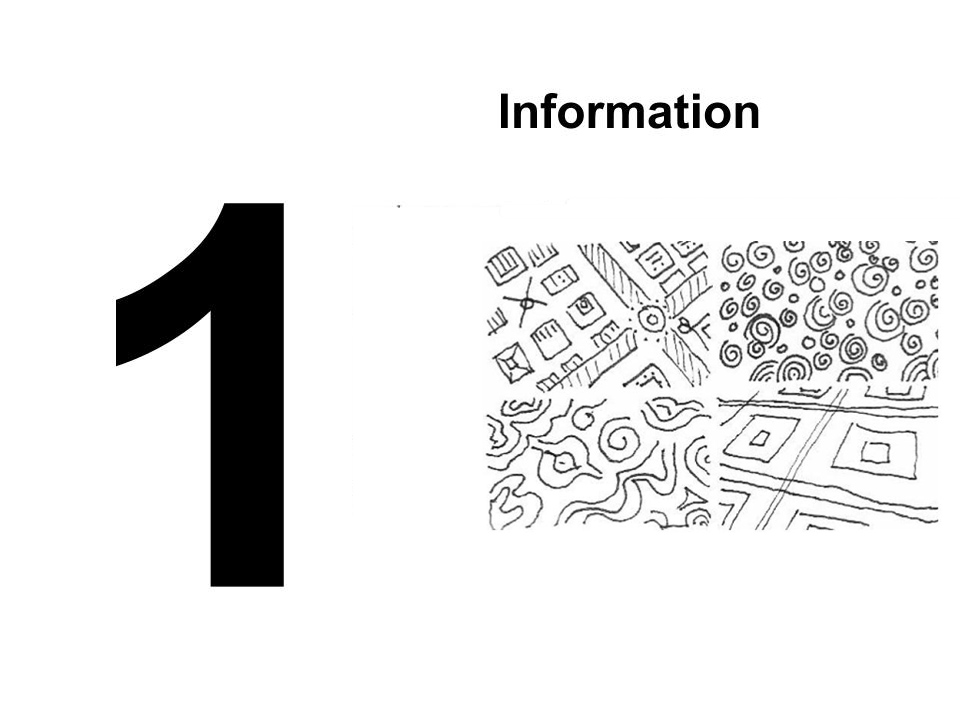Information Architecture Basics Workshop
One of my favorite things to do is teach an Information Architecture basics workshop to a group of people interested in making sense of messes, either as a group or on their own.
I typically take a full day to tackle this content, and do so in 4 chapters:




Each chapter contains lecture and interactive material meant to work with groups as small as 3-5 and as large as 50-60.
Top Workshop FAQs
Q: How do you deal with drastic lack of consensus between stakeholders after interviewing them about what they want?
A: First, make sure you aren’t focusing on asking what they want. Make sure you are asking questions that get at what they need. I like to talk about fears, hopes and clear goals. Also try to highlight those differences in person and use tools like collaborative design to work through the problem until clarity is reached and consensus can occur.
Q: What about organizational silos getting in the way, any ideas for combating that?
A: Try identifying people who have similar roles but in different silos and interview them together in prep for group work. Then make sure in a group setting that people from the same silos don’t just sit and work together. Also make sure strategic and design work coming from the process is not presented in silos.
Q: How is IA different than UX? Where does one start and the other stop?
A: User Experience isn’t a thing you do; it’s the result of making a lot of decisions about what to invest in and how things should work. Great user experiences are best enabled by making deliberate decisions about what is being designed and built and why.
Information Architecture is a useful lens to use in the process of deciding what should be designed and built and why. Information Architecture is about making things clear. Information Architecture is a set of tools and techniques to not only help make those decisions, but also to communicate them efficiently to those producing the elements of the potential user experience.
Like other fields there are a lot of shared tools, so it is fruitless to discuss which disciplines own which deliverables. Many of the tools I use are borrowed from Improv Comedy, Behavioral Psychology and Industrial Design. And I expect that set of tools to keep changing while my goal as an IA will not. I make the unclear, clear.
